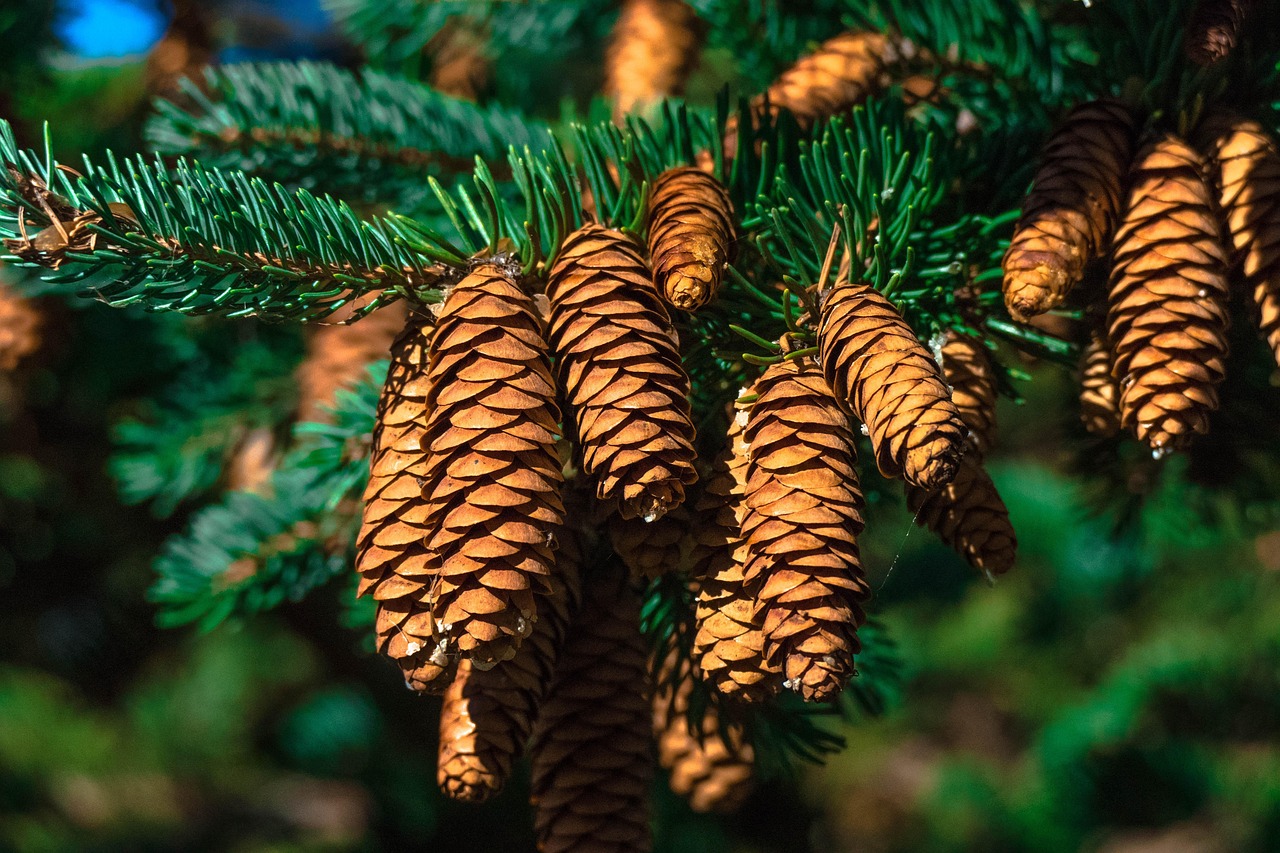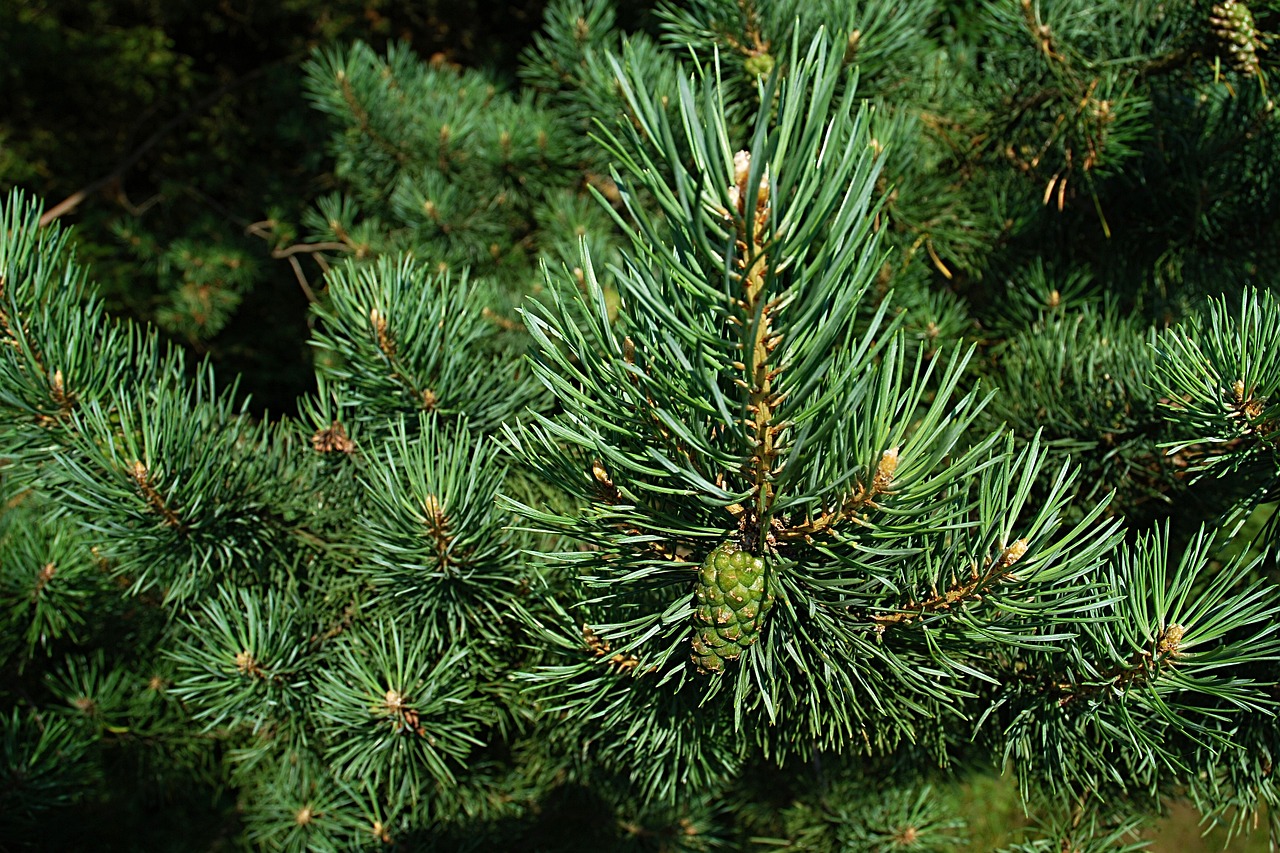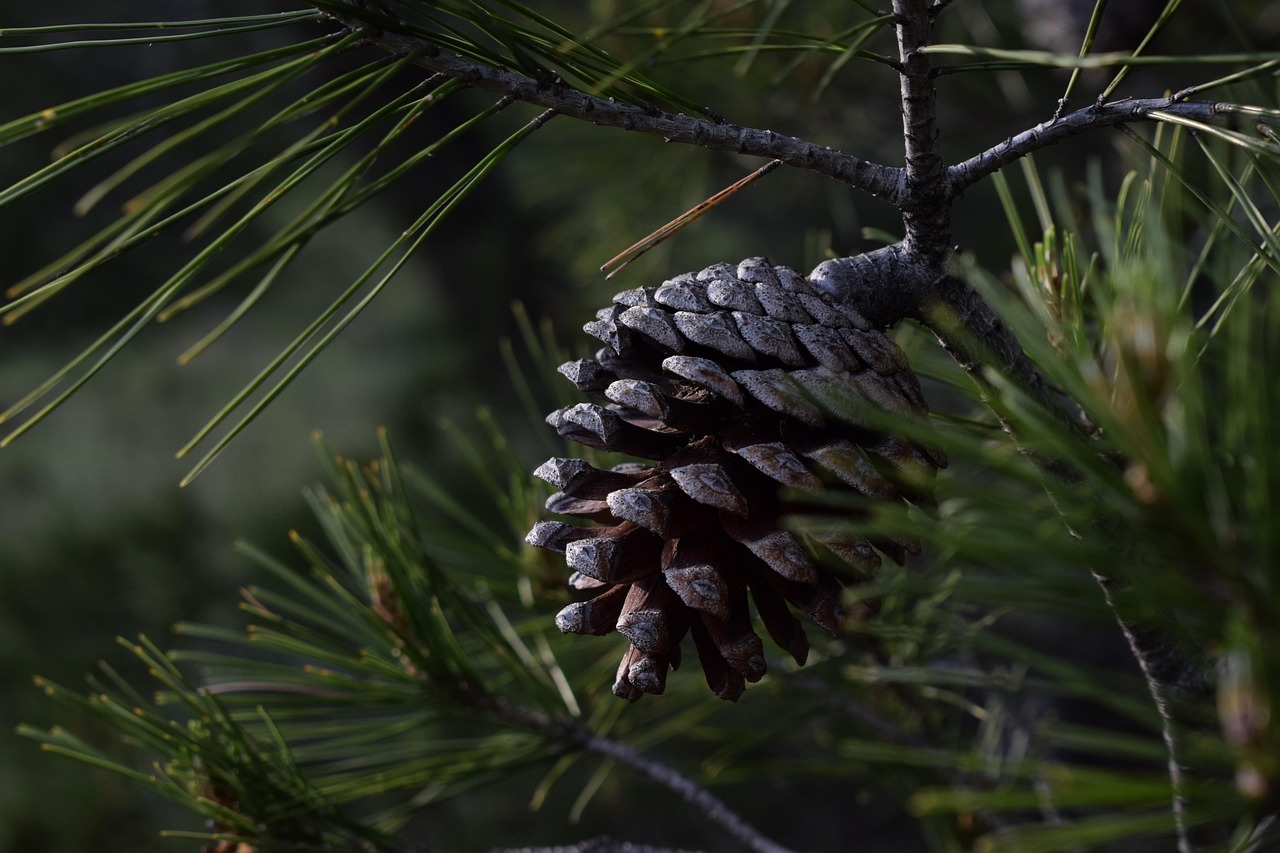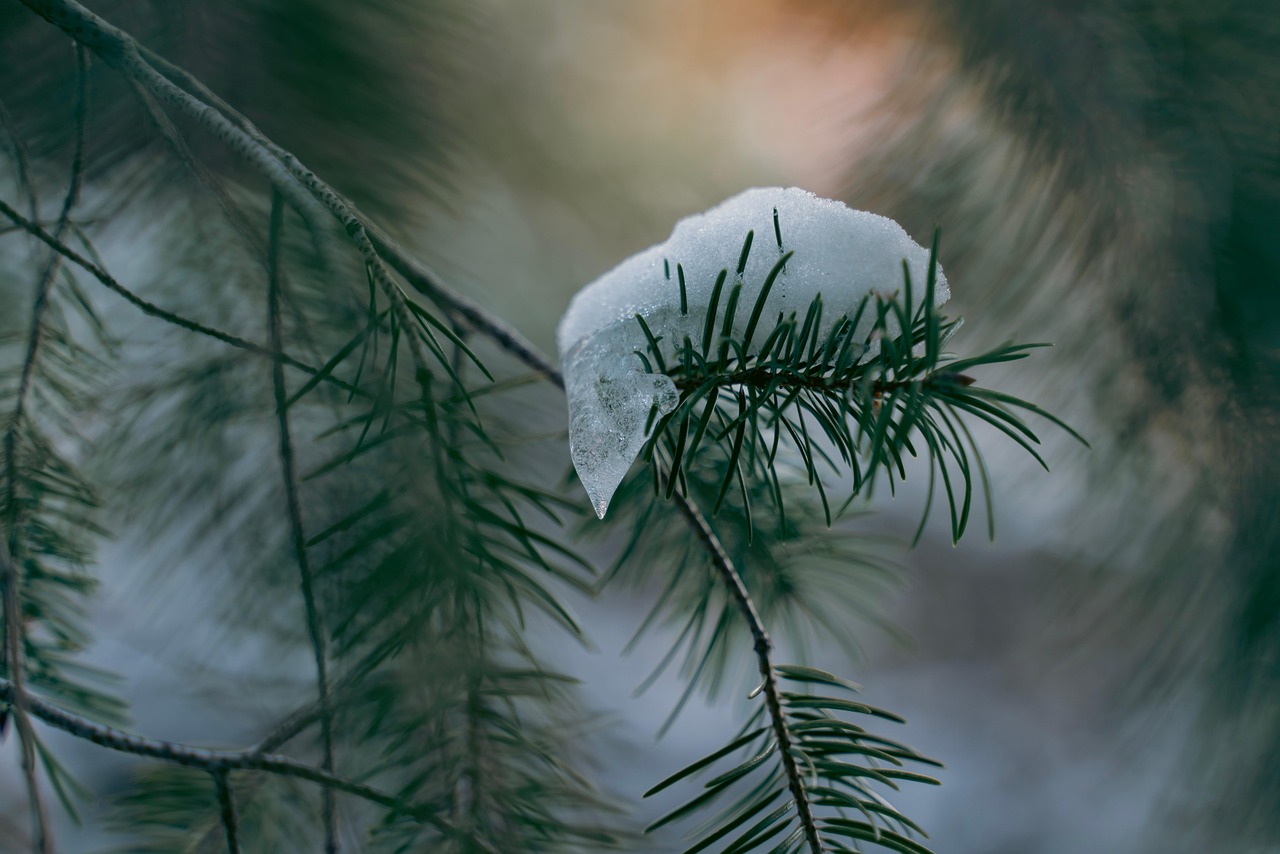Why Weeping White Pines Are the Graceful Touch Your Garden Needs
Weeping white pines are a stunning addition to any garden. Their elegant, cascading branches create a soft, graceful appearance that enhances the beauty of outdoor spaces. This unique tree not only offers visual appeal but also provides valuable benefits for your garden ecosystem.
The weeping white pine, known scientifically as Pinus strobus ‘Pendula’, is a cultivar of the eastern white pine. Native to North America, this tree is characterized by its distinctive drooping branches and soft, needle-like foliage. Its unique form makes it stand out in landscapes, providing a sense of tranquility and elegance. These trees can thrive in various soil types and conditions, making them a versatile choice for gardeners.

When considering plants for your garden, weeping white pines offer more than just aesthetics. They are hardy and resilient, able to adapt to different climates and environments. Their needle-like leaves provide year-round greenery, while their graceful form adds a touch of sophistication to any setting. To fully appreciate the value of weeping white pines, it’s essential to understand their characteristics and benefits.
Characteristics of Weeping White Pines
Weeping white pines exhibit several distinctive features that make them appealing in landscape design. Below are some key characteristics:
- Cascading Branches: The most notable feature is their long, drooping branches that create a waterfall-like effect.
- Soft Foliage: The needles are soft to the touch and possess a gentle green hue that changes slightly with the seasons.
- Height and Spread: Typically, they grow to about 6 to 12 feet in height and can spread up to 10 feet wide, making them suitable for various garden sizes.
- Growth Rate: These trees have a moderate growth rate, adding approximately 6 to 12 inches in height annually.
Benefits of Incorporating Weeping White Pines

Integrating weeping white pines into your garden offers numerous advantages. Here are some compelling reasons to consider adding this elegant tree:
- Aesthetic Appeal: Their graceful form can serve as a focal point in any landscape design.
- Wildlife Habitat: These trees provide shelter and food for various birds and small animals, contributing to local biodiversity.
- Noise Reduction: The dense foliage can help reduce noise pollution, creating a peaceful garden environment.
- Windbreak: Weeping white pines can act as an effective windbreak, protecting other plants from harsh winds.
Cultural Importance of Weeping White Pines

The cultural significance of weeping white pines extends beyond their beauty. In many Native American cultures, the eastern white pine is considered sacred. It is often associated with peace and harmony. The tree’s soft needles were traditionally used for medicinal purposes and crafts, showcasing its connection to the natural world.
Furthermore, weeping white pines symbolize resilience and adaptability. Their ability to thrive in various conditions makes them a metaphor for strength and endurance in both nature and life. This cultural backdrop enriches the experience of cultivating these trees in your garden.
| Feature | Description |
|---|---|
| Scientific Name | Pinus strobus ‘Pendula’ |
| Height | 6-12 feet |
| Spread | Up to 10 feet |
| Growth Rate | Moderate (6-12 inches/year) |
Understanding the characteristics and benefits of weeping white pines allows gardeners to make informed choices about their landscaping. As we explore further, we will delve into how to care for these magnificent trees and incorporate them effectively into your garden design.
Caring for Weeping White Pines
Proper care is essential for weeping white pines to thrive and maintain their graceful appearance. These trees have specific needs that must be met to ensure their health and longevity. Below are some key aspects of caring for weeping white pines.
Soil Requirements
Weeping white pines prefer well-draining soil that retains some moisture. The ideal soil composition is sandy loam, which provides excellent drainage while still holding nutrients. Here are some tips for ensuring optimal soil conditions:
- Test the soil pH. Weeping white pines thrive in slightly acidic to neutral soil (pH 5.5 to 7.0).
- If necessary, amend the soil with organic matter such as compost to improve its texture and nutrient content.
- Avoid planting in heavy clay soils that retain water, as this can lead to root rot.
Watering Practices
Watering is crucial, especially during the tree’s establishment phase. Proper watering techniques will promote healthy growth:
- Water deeply and infrequently to encourage deep root development. This is especially important during dry spells.
- Once established, weeping white pines are relatively drought-tolerant. However, regular watering during prolonged dry periods is beneficial.
- Monitor the moisture level in the soil. Ensure it is moist but not soggy.
Fertilization
Fertilizing weeping white pines can support their growth and health. However, it is vital to do so appropriately:
- Use a balanced, slow-release fertilizer in early spring to provide essential nutrients as the tree begins its growing season.
- Follow the manufacturer’s instructions regarding application rates to avoid over-fertilization.
- Avoid fertilizing late in the growing season, as this can stimulate new growth that may not harden off before winter.
Pruning Weeping White Pines
Pruning not only helps maintain the shape of weeping white pines but also encourages healthy growth. Understanding when and how to prune these trees is essential:
When to Prune
The best time to prune weeping white pines is in late winter or early spring before new growth begins. This timing allows for optimal healing and minimizes stress on the tree.
How to Prune
Follow these guidelines for effective pruning:
- Remove any dead or damaged branches to promote overall tree health.
- Thin out crowded areas to improve airflow and sunlight penetration, which can help prevent disease.
- Maintain the natural shape of the tree by selectively removing branches that detract from its graceful form.
Pest and Disease Management
Weeping white pines can be susceptible to certain pests and diseases. Being aware of potential issues will help in managing them effectively:
Common Pests
Some pests that may affect weeping white pines include:
- Pine Bark Beetles: These insects can damage the bark, leading to tree stress or death. Monitor for signs of infestation and remove affected branches.
- Aphids: Small and sap-sucking, aphids can weaken trees. Consider using insecticidal soap if infestations occur.
Disease Management
Weeping white pines may also face diseases such as:

- Pine Wilt Disease: This disease is transmitted by nematodes and can be fatal. Regular monitoring and prompt removal of affected trees are crucial.
- Root Rot: Caused by poor drainage, this can be avoided by ensuring proper soil conditions and watering practices.
By understanding how to care for weeping white pines, gardeners can nurture these beautiful trees to flourish in their landscapes. Next, we will explore ideal locations and design ideas for incorporating weeping white pines into various garden styles.
Designing Your Garden with Weeping White Pines
Weeping white pines can serve as stunning focal points in various garden designs. Their unique form and softness provide a contrast to more structured plants. Understanding how to incorporate these trees into your landscape will enhance the overall aesthetic and create a harmonious environment.
Choosing the Right Location
Selecting the right location for weeping white pines is crucial for their growth and visual impact. Consider the following factors:
- Sunlight Exposure: Weeping white pines thrive in full sun to partial shade. Ideally, they should receive at least six hours of sunlight each day.
- Space Requirements: Ensure there is ample space for the tree to grow both upward and outward. This prevents overcrowding and allows for proper air circulation.
- Soil Conditions: As mentioned previously, well-draining, slightly acidic soil is essential. Assess the soil quality before planting to ensure it meets these needs.
Complementary Plants
When designing a garden that includes weeping white pines, consider pairing them with other plants that complement their beauty. Here are some suggestions:
- Low-Growing Ground Covers: Plants like creeping thyme or sedum can provide a lush carpet beneath the tree, enhancing its cascading branches.
- Flowering Perennials: Consider planting colorful perennials such as daylilies or coneflowers nearby. Their blooms can provide seasonal interest against the green backdrop of the pine.
- Deciduous Shrubs: Incorporating shrubs like hydrangeas or azaleas can add layers to the garden design while providing contrast with their different shapes and colors.
Creating Visual Interest
A garden featuring weeping white pines can be designed to create visual interest throughout the seasons. Here are some tips for enhancing their presence:
- Layering: Plant taller trees or structures behind the weeping white pine to create depth. This layering effect draws the eye and highlights the tree’s unique form.
- Seasonal Color: Incorporate plants that bloom in different seasons. This approach ensures that there is always something vibrant to look at throughout the year, contrasting beautifully with the evergreen needles of the pine.
- Texture Variety: Use plants with varying textures—smooth leaves, feathery ferns, and spiky grasses—to create a dynamic landscape that enhances the softness of the weeping white pine.
Incorporating Weeping White Pines in Different Garden Styles
The versatility of weeping white pines allows them to fit seamlessly into various garden styles. Below are some popular designs where these trees can thrive:
Japanese Zen Gardens
Weeping white pines are a natural fit for Japanese gardens due to their graceful form and tranquil appearance. To incorporate them effectively:
- Create a serene environment with rocks, gravel, and water features that complement the tree’s weeping branches.
- Add moss or ground cover plants around the base to enhance the zen-like quality of the garden.
- Use minimalistic paths made of stepping stones to guide visitors through this peaceful space.
Cottage Gardens
Cottage gardens are known for their charming, informal look. Weeping white pines can add structure amid the colorful chaos of cottage-style plantings:
- Place the tree as a focal point surrounded by a mix of flowering annuals and perennials.
- Incorporate rustic elements such as wooden fences, trellises, or arbors to enhance the cottage feel.
- Add seating areas nearby to encourage enjoyment of the beauty and fragrance of the surrounding plants.
Contemporary Gardens
In modern landscapes, weeping white pines can bring a touch of elegance and softness. For contemporary designs:
- Use clean lines and geometric shapes in hardscaping to create a striking contrast with the tree’s organic form.
- Plant in groups or clusters to emphasize their cascading growth and create visual drama.
- Incorporate minimalist water features that reflect light and provide tranquility alongside the tree.
The integration of weeping white pines into these various garden styles showcases their adaptability and enhances the overall beauty of outdoor spaces. In the next section, we will explore additional benefits of weeping white pines beyond their aesthetic appeal, including their ecological contributions.
Ecological Contributions of Weeping White Pines
Beyond their striking appearance and versatility in garden design, weeping white pines play a significant role in supporting local ecosystems. Understanding their ecological benefits can further enhance your appreciation of these beautiful trees.
Habitat for Wildlife
Weeping white pines provide essential habitat and food for various wildlife species. Their dense foliage offers shelter for birds and small mammals:
- Birds: Many bird species, including chickadees, nuthatches, and woodpeckers, are attracted to the seeds produced by white pines. The tree’s branches also serve as nesting sites.
- Mammals: Small mammals such as squirrels and chipmunks utilize the tree for shelter and food, benefiting from its cones and seeds.
- Pollinators: The flowers of the tree attract pollinators in spring, contributing to the overall health of the garden ecosystem.
Erosion Control
Weeping white pines can help prevent soil erosion, particularly on slopes or in areas susceptible to runoff. Their extensive root systems stabilize the soil, which is vital for maintaining the integrity of your garden landscape:
- The roots hold soil in place, reducing the risk of erosion during heavy rains.
- This stabilization contributes to water conservation by allowing rainwater to soak into the ground rather than running off.
Air Quality Improvement
Like many trees, weeping white pines contribute to improved air quality. They absorb carbon dioxide and release oxygen, which benefits both the environment and human health:
- Trees play a crucial role in reducing greenhouse gases, helping mitigate climate change.
- The presence of trees in urban areas can lower temperatures and provide shade, reducing energy costs for cooling.
Final Thoughts
Weeping white pines are truly a graceful addition to any garden. Their unique aesthetics, adaptability to various garden styles, and ecological contributions make them an invaluable choice for both landscape design and environmental health. By choosing weeping white pines, gardeners not only elevate the beauty of their outdoor spaces but also support local wildlife and contribute to a healthier ecosystem.
Their cascading branches bring a sense of tranquility and elegance that can transform any garden setting into a serene retreat. Whether you are creating a peaceful Japanese garden, a vibrant cottage garden, or a sleek contemporary landscape, weeping white pines fit seamlessly into any theme. As you nurture these trees, you also nurture the environment around you.
Incorporating weeping white pines into your landscape design is not just about aesthetics; it’s about creating a sustainable and harmonious outdoor space that resonates with nature’s beauty. With proper care and thoughtful placement, these trees will continue to thrive for generations, providing lasting enjoyment for all who encounter them.
